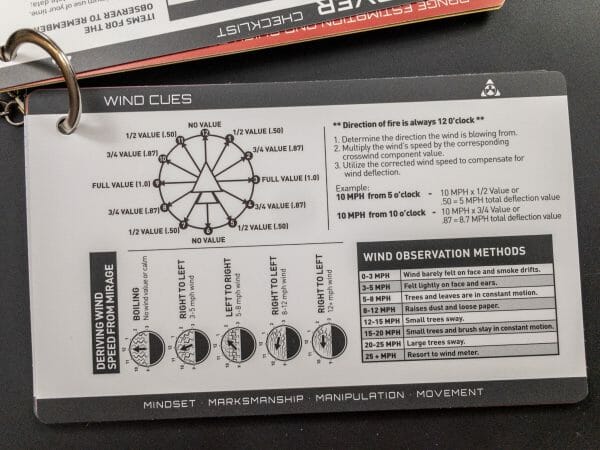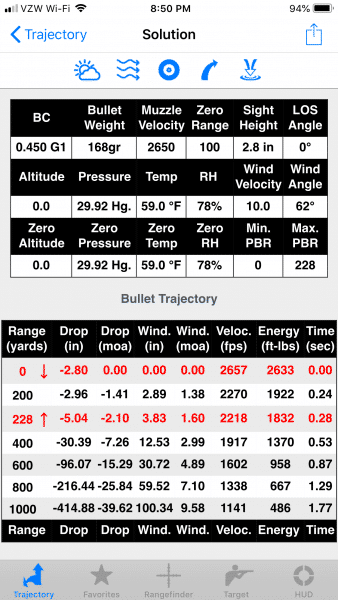
USA –-(Ammoland.com)- One wouldn’t think wind could have much effect on a tiny and aerodynamic bullet zipping along at two or three thousand feet per second when long range shooting. But one would be wrong.
Even though most bullets are dense, being made of lead, and moving fast, a small to moderate wind can cause big misses at long distances if you don’t plan accordingly. Let’s consider a few examples using every day calibers and moderate long-distance ranges.
- You’re shooting a .223 Remington 77-grain bullet from an AR-15 at a target 500 yards away. The wind is blowing right to left at just 5 mph. By the time your projectile reaches the target, it will have blown 14.83 inches to the left.
- You’re shooting a 168-grain .308 Winchester at a target 1,000 yards down range. The wind is blowing at 10 mph from the 2 o’clock direction. By the time your bullet reaches the target, it will drift a whopping 100.34 inches sideways. That’s almost 9 feet!

- You’re plinking with a .22 LR and firing 36-grain CCI Mini-Mag bullets at a target 200 yards away. The wind is blowing left to right at 10 mph. Your bullet will blow 22.52 inches to the right. That’s almost as much as it will drop over the 200-yard distance—31.59 inches.
The point is that wind is a big deal when you’re shooting past 100 or 200 yards. Using the .308 Winchester example above, the drift at 100 yards would be just . 71

